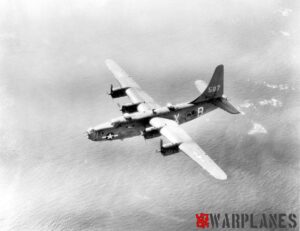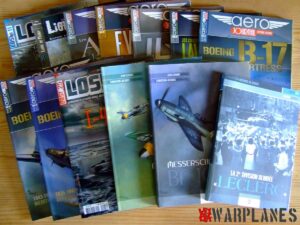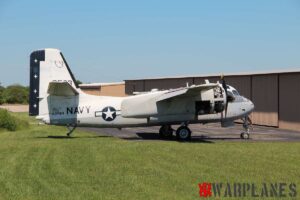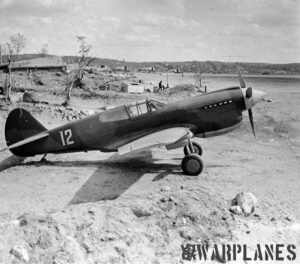Sikorsky XR-4
Sikorsky R-4 Hoverfly was the first series produced US helicopter. It was result of contract with US Army and XR-4 prototype was assembled in December 1941 in the secret hangar of United Aircraft in Bridgeport. The XR-4 fuselage was a truss, welded from steel pipes and had an almost square cross-section. Its detachable tail section was joined by bolted connections. The tail girder originally represented a smooth continuation of the middle part, gradually decreasing in height and width to the tail. Then it became a real tail boom. The entire fuselage had linen plating. The exception was the cabin. It was protected by plexiglass windows and light aluminum visors between them. It is originally designed for communication and rescue. It was designed under the direction of II Sikorsky and Vought participated in production. The prototype XR-4 made its first flight on January 13, 1942, with pilot Morris at controls.
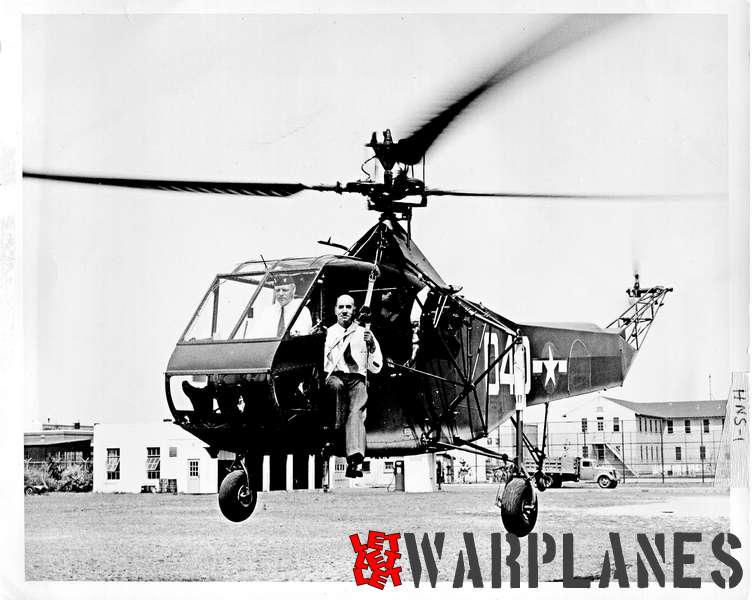
During the tests that ended in January 1943, six unofficial records were set on the XR-4: speeds of 129 km / h, heights of one (3,650 m) and two pilots – 2,800 m, range -180 km and climb rate 3 , 9 m / s with a take-off weight of 1090 kg. Simultaneously, the American and British pilots were trained on the XR-4, numerous demonstration flights were carried out. For military tests and gaining experience, the first YR-4 was delivered in 1943 to US and British armed forces. The British got two YR-4A and five YR-4B. These cars were named “Hoverfly”. The US Coast Guard received six YR-4Bs and they completed the first experienced helicopter detachment at Floyd Bennett Field in New York. The machines were renamed to HNS-1. Three helicopters were left as laboratories at the Sikorsky flight test station. One – was transferred to Langley for testing in the wind tunnel.
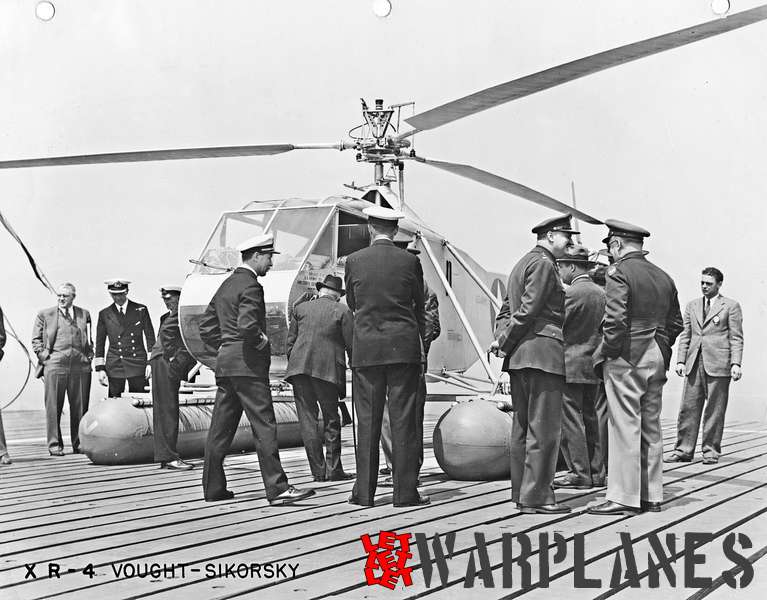
In May 1943, the XR-4 under Gregory’s control, was demonstrated for the first time a landing on the Bunker Hill ship, bounded by a captain’s bridge and a high rigging mast. In early 1944, the S-47 (military designation) was first used to save human lives. Since April 1944, R-4B helicopters (army designation) have been used by the US air force directly in combat operations : first in Burma , and then in China and the Pacific Islands for the evacuation of wounded soldiers, downed pilots, supply delivery, communications, observation and correction of artillery fire . English helicopters did not participate in combat operations. April 1, 1944, first civilian was saved. He was a boy, lost in the quicksand of the delta of the Jamaica Bay delta near New York. In May 1945, one of the HNS-1 planes flew to Guz Bay to rescue 11 Canadian pilots who had an accident in severe arctic conditions on Labrador. Even more complex was the operation on September 17, 1946, when HNS-1 was urgently transported from Floyd Bennet to the northern Gander airbase to rescue 17 passengers of the DC-4 of the Belgian Sabena airline, which had an accident in Newfoundland.

In the US Navy and Coast Guard, this helicopter was used under the name HNS-1 . In the armed forces of Great Britain, it was called the Hoverfly-I and, in addition to the above purposes, was used to search for submarines and serve in the UK .
Srecko Bradic

